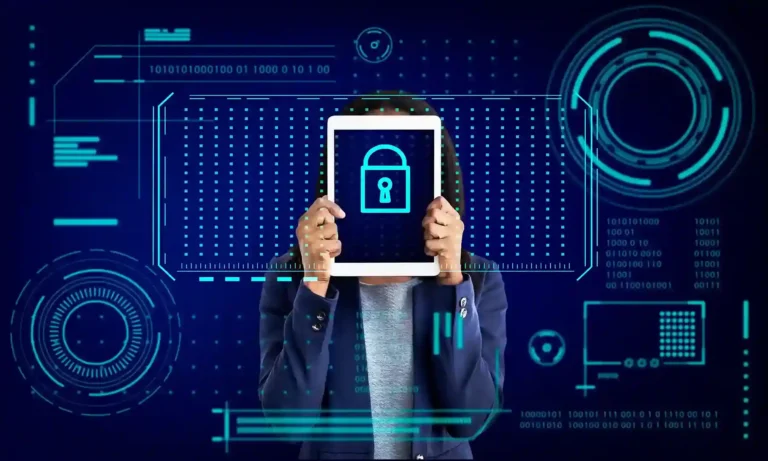Cyber Security Systems threats are emerging more frequently and are rather diverse in the modern conditions of the increased networking. Based on our findings, as people and organizations rely on digital systems, knowledge of these threats and the way to militate against them is more important than ever before. Hence, this blog addresses some of the most prevalent forms of cyber Security Systems threats and, of principal interest, approaches on how to avoid them.
1. Phishing Attacks
First of all, it is necessary to mention that phishing remains one of the most typical and actively developed cyber threats. In these attacks, criminals using computers and the Internet, impersonate real organizations to send e-mails that contain false information to obtain the victims’ Personal Identification Numbers and passwords amongst other details.
Preventing Phishing Attacks:
- First of all, never click on links in an email from someone you do not know and if it is a link then be highly suspicious, Likewise Do not interact with unverified links or open unknown emails and their attachments.
- Furthermore, looking at the emails, ensure you check email addresses correspondingly. Phishing emails mostly originate from addresses that resemble common organizations and institutes.
- MFA can be enabled to make access more secure because it is when the user has to input a password twice or input their email address and a numeric code.
- Nevertheless, employing anti-phishing software and employing methods of filtering can prevent such tries before they get to your mailbox.
2. Malware Attacks
In the same manner, malware such as viruses, ransomware, and Trojans, remain threats to organizations’ security. Limitations of this definition focus on the fact that malware is destructive software that is developed to harm systems or gain unauthorized entry to systems. This usually gets into a targeted computer through downloads containing the virus, email attachments, or detrimental websites.
Preventing Malware Attacks:
- First, it is necessary to install an antivirus and update it concerning threats that exist in its base.
- It is always recommended to update the operating system and application so that security holes are fixed.
- In addition, never download files from unknown sources.
- Finally, make firewalls active to mask any unauthorized material that serves as a connection between your system and the outside world.
3. Ransomware
Another emerging threat is ransomware; it can be termed as a kind of malware that will encrypt the contents of its victim’s computer and, in return, release it only for a fee. For the past decade, or so, ransomware attacks have been very common and affect business organizations, governments, and individuals.
Preventing Ransomware:
- First of all, do not forget to make the data backup as often as possible. These backups should be stored at a separate site from the business for easy access every time there is an attack.
- Also, key policies such as password creation and frequently changing these passwords to avoid a situation where some illicit persons gain access to some specific points.
- Decide the level of user interaction with parts of the System and minimize the probability of an attack.
- As well as raise the level of knowledge of the employees about ransomware and raise awareness about how to recognize a phishing attack or suspicious behavior.
4. Denial of Service or Distributed Denial of Service (DDoS) Attack
The DoS and DDoS attacks mainly aim at flooding a network or system in an endeavor that for a specific time in question, the normal user will not access the system. They also may cause some business continuity problems because those types of attacks need so much time to perform business processes.
Preventing DoS Attacks:
- Firstly, enhance network connectivity by developing more than one network connection so that service is not interrupted during an attack.
- Moreover, the DDoS protection services bought from cloud-based providers themselves can also screen out the said type of traffic.
- Another effective measure is to monitor the network traffic frequently and look for signs of strange behavior to notice potential attacks at an early stage.
- Actively: At both hardware and software levels, apply security patches on networks to prevent the creation of exploitable spaces.
5. Password Attacks
Password breaks are equally dangerous, as there are hackers who try to penetrate the system using the wrong codes. The utilization of easy-to-guess or previously used passwords puts the users at a higher risk.
Preventing Password Attacks:
- First of all, make sure that the passwords you choose are complex, containing the letters, numbers, and alphabet, and skip using information that is easy to decipher.
- However, effective MFA also provides an additional layer of protection to the system.
- Also, ensure you protect different passwords to ensure that password re-use is not common, using a password application.
- Last but not least, it is necessary to launch measures that would regulate password change.
Conclusion
Therefore, the ongoing Cyber security Systems threats include phishing, malware, ransomware, DoS attacks, password attacks, and insider threats. Consequently, as a client, it is important to be as informed and as active in the prevention of such possible hazards as possible. With measures like the MFA, updating the systems regularly, good password policy, and training employees you will be able to minimize the risk of an attack. In the modern world dominated by the internet, always being ready is still the best offense.







